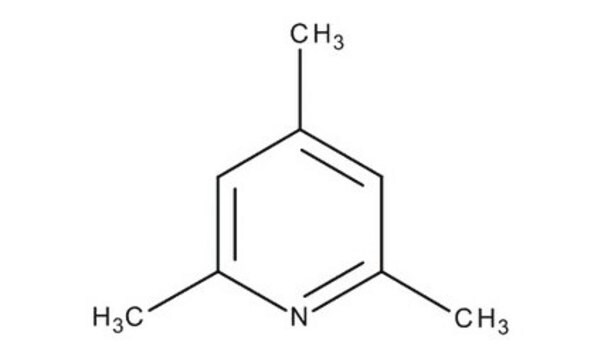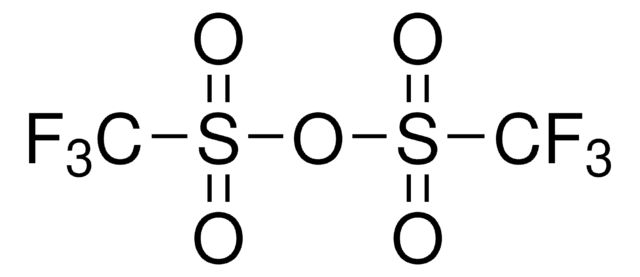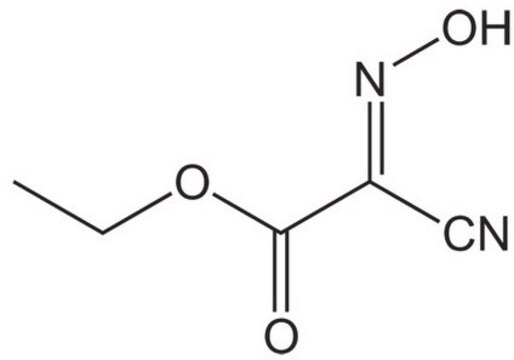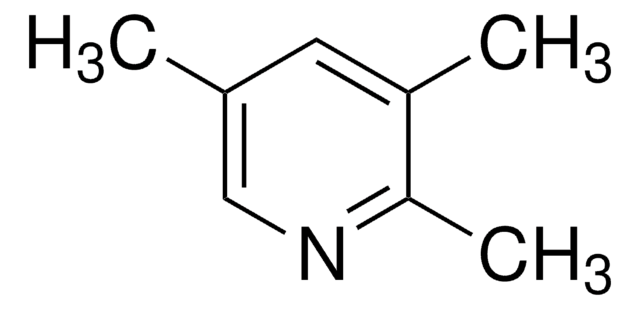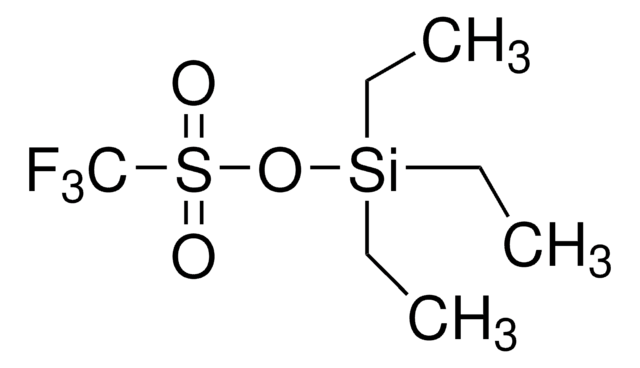142387
2,4,6-Trimethylpyridine
ReagentPlus®, 99%
Sinónimos:
2,4,6-Collidine, sym-Collidine
About This Item
Productos recomendados
Nivel de calidad
Línea del producto
ReagentPlus®
Ensayo
99%
Formulario
liquid
índice de refracción
n20/D 1.498 (lit.)
bp
171-172 °C (lit.)
mp
−43 °C (lit.)
densidad
0.917 g/mL at 25 °C (lit.)
cadena SMILES
Cc1cc(C)nc(C)c1
InChI
1S/C8H11N/c1-6-4-7(2)9-8(3)5-6/h4-5H,1-3H3
Clave InChI
BWZVCCNYKMEVEX-UHFFFAOYSA-N
¿Está buscando productos similares? Visita Guía de comparación de productos
Categorías relacionadas
Descripción general
2,4,6-Trimethylpyridine can undergo oxidation with potassium permanganate to form 2,4,6-pyridinetricarboxylic acid.
Aplicación
Información legal
Palabra de señalización
Danger
Frases de peligro
Consejos de prudencia
Clasificaciones de peligro
Acute Tox. 3 Dermal - Acute Tox. 4 Oral - Aquatic Chronic 3 - Eye Irrit. 2 - Flam. Liq. 3 - Skin Irrit. 2 - STOT SE 3
Órganos de actuación
Respiratory system
Código de clase de almacenamiento
3 - Flammable liquids
Clase de riesgo para el agua (WGK)
WGK 3
Punto de inflamabilidad (°F)
131.0 °F - closed cup
Punto de inflamabilidad (°C)
55 °C - closed cup
Equipo de protección personal
Eyeshields, Faceshields, Gloves, type ABEK (EN14387) respirator filter
Elija entre una de las versiones más recientes:
¿Ya tiene este producto?
Encuentre la documentación para los productos que ha comprado recientemente en la Biblioteca de documentos.
Los clientes también vieron
Nuestro equipo de científicos tiene experiencia en todas las áreas de investigación: Ciencias de la vida, Ciencia de los materiales, Síntesis química, Cromatografía, Analítica y muchas otras.
Póngase en contacto con el Servicio técnico

